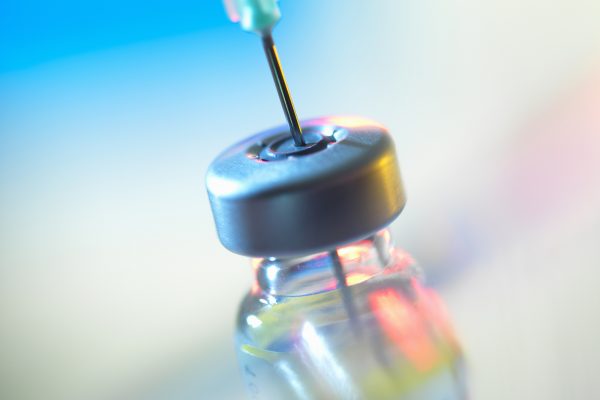
Classic Hodgkin lymphoma (cHL) is a type of lymphoma with a characteristic presence of a few malignant cells called Hodgkin and Reed-Sternberg (HRS) cells. In the background of reactive immune cells, the sparsity of HRS cells is a major roadblock in the clonality analysis of cHL. This analysis is very important as it is required for the correct diagnosis of patients with atypical presentation or histology reminiscent of T-cell lymphoma as well as for establishing the clonal relationship in patients with recurrent disease.
The current standard method of clonality analysis in lymphomas is the BIOMED-2/EuroClonality assay developed and validated by the EuroClonality Consortium. However, recently the EuroClonality-NGS Working Group has developed a next-generation sequencing (NGS)-based clonality assay for detection of immunoglobulin (IG) gene rearrangements (IG-NGS). This method can detect minor clones in the background of polyclonal B cells.
Researchers at Radboudumc in Nijmegen, Netherlands have published a study in Molecular pathology comparing the performance of both the methods to identify clonal IG heavy chain (IGH) and kappa light chain (IGK) gene rearrangements in whole-tissue specimens, including both formalin-fixed paraffin-embedded (FFPE) and fresh frozen (FF) tissue.
The IG-NGS detected (9 cases) three times more clonal cases in formalin-fixed paraffin-embedded (FFPE) tissue specimens, as compared to BIOMED-2 (3 cases). Further, on identical IGH and IGK targets, IG-NGS detected 23 clonal rearrangements in FFPE, whereas BIOMED-2/EuroClonality could detect only 6 such rearrangements.
These results demonstrate the superiority of IG-NGS testing in the accurate detection of clonality whole-tumor tissue DNA of cHL samples. The authors concluded “this new IG-NGS based clonality testing will be an ideal tool in clinical diagnostics for recurrent disease, since clonal comparison based on nucleotide sequences and assigned clonotypes is more reliable than comparing fragment lengths, as has been shown in non-Hodgkin lymphoma patients. Moreover, this approach allows more detailed analysis on the clonal composition and its diversity that underlies cHL pathogenesis”.
Reference